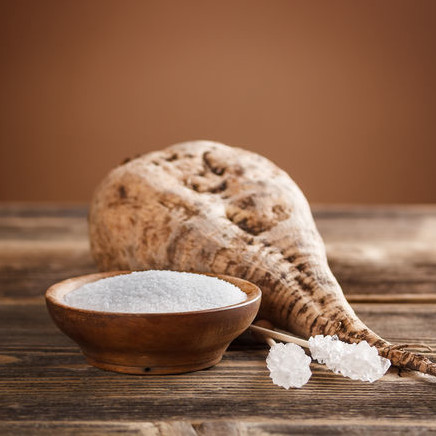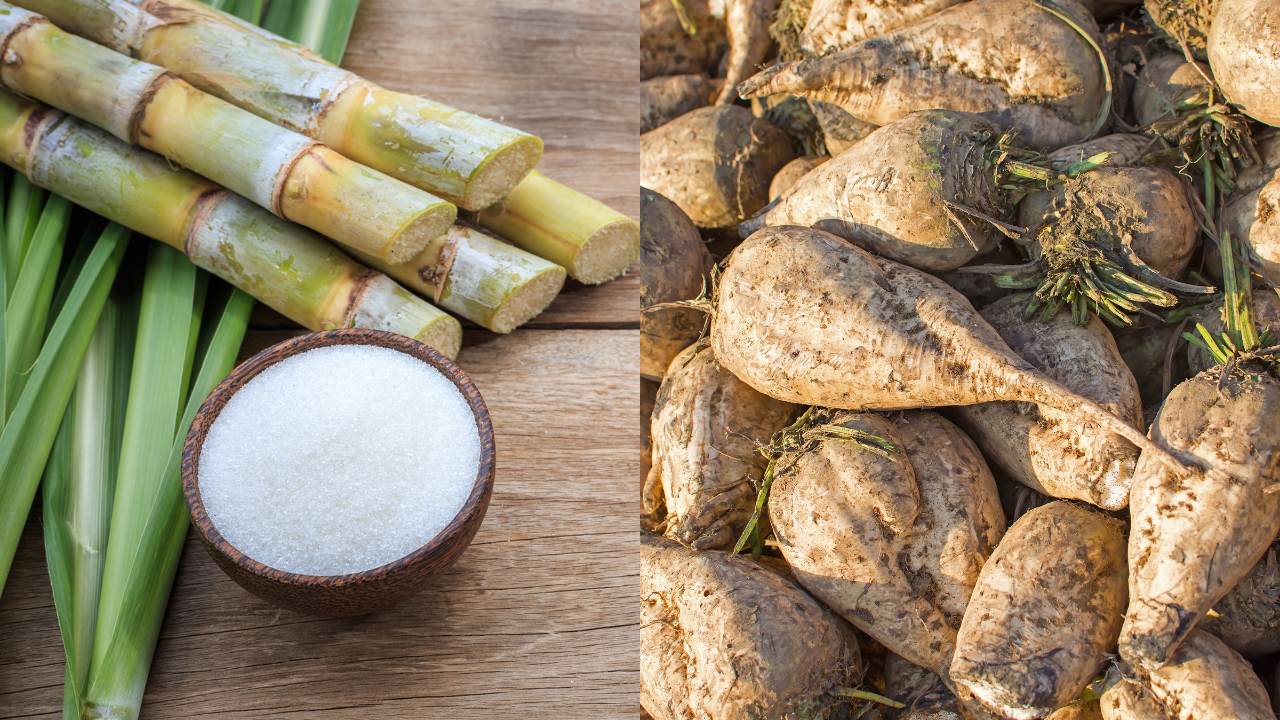Many health-conscious buyers wonder if beet sugar vs cane sugar makes a difference in dietary impact.
Discover the Uses and Benefits of Beet Sugar Vs Cane Sugar in Your Daily Diet Plan
Checking out the unique top qualities of beet and cane sugar exposes even more than simply their sweetening capacities; it highlights their unique influence on health and wellness and cooking arts. Beet sugar, recognized for its refined taste, is typically favored in fragile treats, whereas cane sugar, with its tip of molasses, includes richness to robust dishes. Each type holds its very own nutritional account and glycemic effects, inviting a deeper understanding of their roles in a balanced diet plan and sustainable consumption methods.
Beginning and Manufacturing Procedures of Beet and Cane Sugar

The distinctive climates and soil types required for expanding sugar beets and sugarcane add to distinctions in their farming techniques and geographic distribution, influencing the business economics and sustainability of their manufacturing. beet sugar vs cane sugar.
Nutritional Comparison In Between Beet Sugar and Cane Sugar
Regardless of originating from different plants, beet sugar and cane sugar are nutritionally really comparable, both mostly being composed of sucrose. Each provides about 4 calories per gram, translating to about 16 calories per teaspoon. Structurally, both sugars are composed of approximately 99.95% sucrose, with minimal quantities of various other substances like dampness and trace element, which do not substantially modify their nutritional accounts.

Inevitably, when selecting between beet sugar and cane sugar based upon dietary web content alone, both offer the same advantages and disadvantages as they are essentially forms of the exact same molecule-- sucrose, supplying fast power without other nutrients.
Effect On Wellness: Glycemic Index and Caloric Material
Discovering additionally right into the impacts of beet sugar and cane sugar on wellness, it is essential to consider their glycemic index and calorie web content. The glycemic index (GI) of both beet and cane sugar is around 65, categorizing them as high-GI foods, which can trigger quick spikes in blood glucose degrees.
Each type of sugar includes around 4 calories per gram, making their caloric material equivalent. For those keeping track of calorie consumption, particularly when handling weight or metabolic wellness problems, recognizing this equivalence is essential (beet sugar vs cane sugar). Excessive consumption of any kind of high-calorie, high-GI food can add to health and wellness concerns such as excessive weight, heart disease, and insulin resistance.
Environmental and Economic Factors To Consider of Sugar Production
Beyond health effects, the production of beet and cane sugar also increases significant ecological and financial concerns. Sugar beet cultivation has a tendency to require cooler environments and has a lower geographical impact contrasted Visit This Link to sugar cane, which thrives in tropical areas.
Additionally, making use of chemicals and fertilizers in both beet and cane sugar growing can lead to soil degradation and air pollution, further influencing biodiversity and neighborhood water bodies see it here (beet sugar vs cane sugar). The choice between growing sugar beet or cane commonly depends upon neighborhood ecological conditions and economic variables, making the sustainability of sugar production an intricate problem
Culinary Applications and Taste Differences
While the ecological and financial facets of sugar production are without a doubt considerable, the choice between beet and cane sugar additionally affects cooking applications and taste profiles. Beet sugar, acquired from the sugar beet plant, is known for its extremely neutral preference. This makes it a flexible ingredient in cooking, where it does not alter the taste of various other components. It dissolves swiftly and is suitable for use in cakes, cookies, and breads.
Walking stick sugar, extracted from sugarcane, often keeps molasses traces, which impart a distinctive splendor and deepness. This small molasses flavor boosts the complexity of baked goods, sauces, and sauces. It is particularly favored in things where a caramel touch is wanted, such as in brownies or gingerbread. In addition, the slight variation in dampness material in between beet and cane sugar can affect the texture and consistency of recipes, making cane sugar a recommended choice for details dishes that gain from its one-of-a-kind buildings.

Verdict
In conclusion, both beet and cane sugar have distinctive origins and production procedures, offering comparable nutritional profiles with slight distinctions in salt content and taste. While their influence on health, especially regarding glycemic index and calories, is comparable, the option in between them typically comes down to ecological, economic elements, and specific culinary requirements. Understanding these elements can lead customers in making why not try this out informed decisions that align with their wellness objectives and flavor choices.